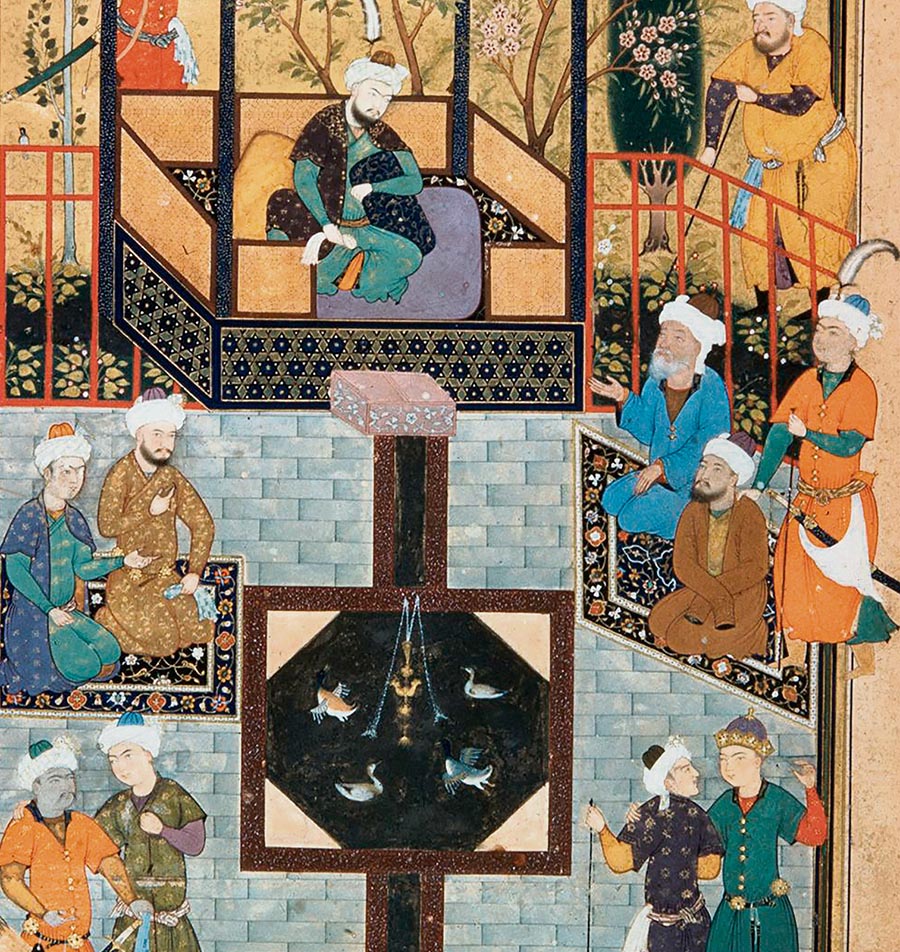Turks, Texts, and Territory: Imperial Ideology and Cultural Production in Central Eurasia
The 11th century marked the emergence of the originally nomadic Turks as a new political elite in the history of Central Asia and the Middle East. Under their powerful patronage, a new political culture arose in the Islamic world, inspired by an imperial rather than an exclusively Islamic outlook. This shift brought Persian into the limelight as a new cosmopolitan and imperial language across Central Asia, North India, Turkey, and Iran. Until a few decades ago, the received view was that the Turks, as nomadic rulers with a military background, needed Iranian bureaucrats to effectuate their rule over sedentary societies, and hence sedentarised themselves and adopted Persian culture in a one-way acculturation process. Though this view has been challenged in recent years, the idea of a dichotomy between the nomadic, uncivilised Turk, representing the "sword," and the sedentary, civilised Iranian, representing the "pen," persists in academic debate.
The selected articles presented here are written by the members of the project Turks, texts and territory: Imperial ideology and cultural production in Central Eurasia funded by the Dutch Research Council. They aim to further challenge this binary view by bringing in the vast but understudied resource of cultural production, approached as an integrated phenomenon, across media, languages, and genres. The spatial framework is provided by representative Silk Road cities, situated at present in different nation-states: Samarkand, Bukhara, Herat, and Tabriz. As capitals and nodal points of medieval Turko-Persian empires, each of these cities represents a particular stage in the development of imperial ideology and its expression by means of literary and artistic production, as preserved in various examples of cultural heritage, cherished today as symbols of national identity. The aim of this project was to map the interaction between imperial ideology and literary and artistic production in a diachronic and synchronic perspective, and to contextualize policies of heritage in the modern nation-states, which emerged from the premodern Turko-Persian world.

Fig. 1 (Detail) Garden scene from a Bustan of Sa’di, f.78v in original manuscript. Dated 1531-32 (938 AH). Painting attributed to Shaikhzada, written out by Mir 'Ali Husayni Haravi. Funding for this image is provided by the Aga Khan Program and the Stuart Cary Welch Islamic and South Asian Photograph Collection. Harvard Art Museums, 1979.20.